Some stories get under your skin because they make the ordinary feel untrustworthy. These movies tap into fears about surveillance, hidden agendas, fractured memory, and the unsettling idea that reality might not be what it seems. They turn everyday spaces into uncertainty zones where cameras, strangers, and even loved ones can feel like threats.
Here you will find thrillers, mysteries, sci fi nail biters, and psychological chillers that use tight plotting and meticulous detail to keep you on edge. Each entry highlights what the movie does with suspicion and doubt, along with the techniques and storytelling choices that amplify a creeping sense of danger.
‘The Conversation’ (1974)
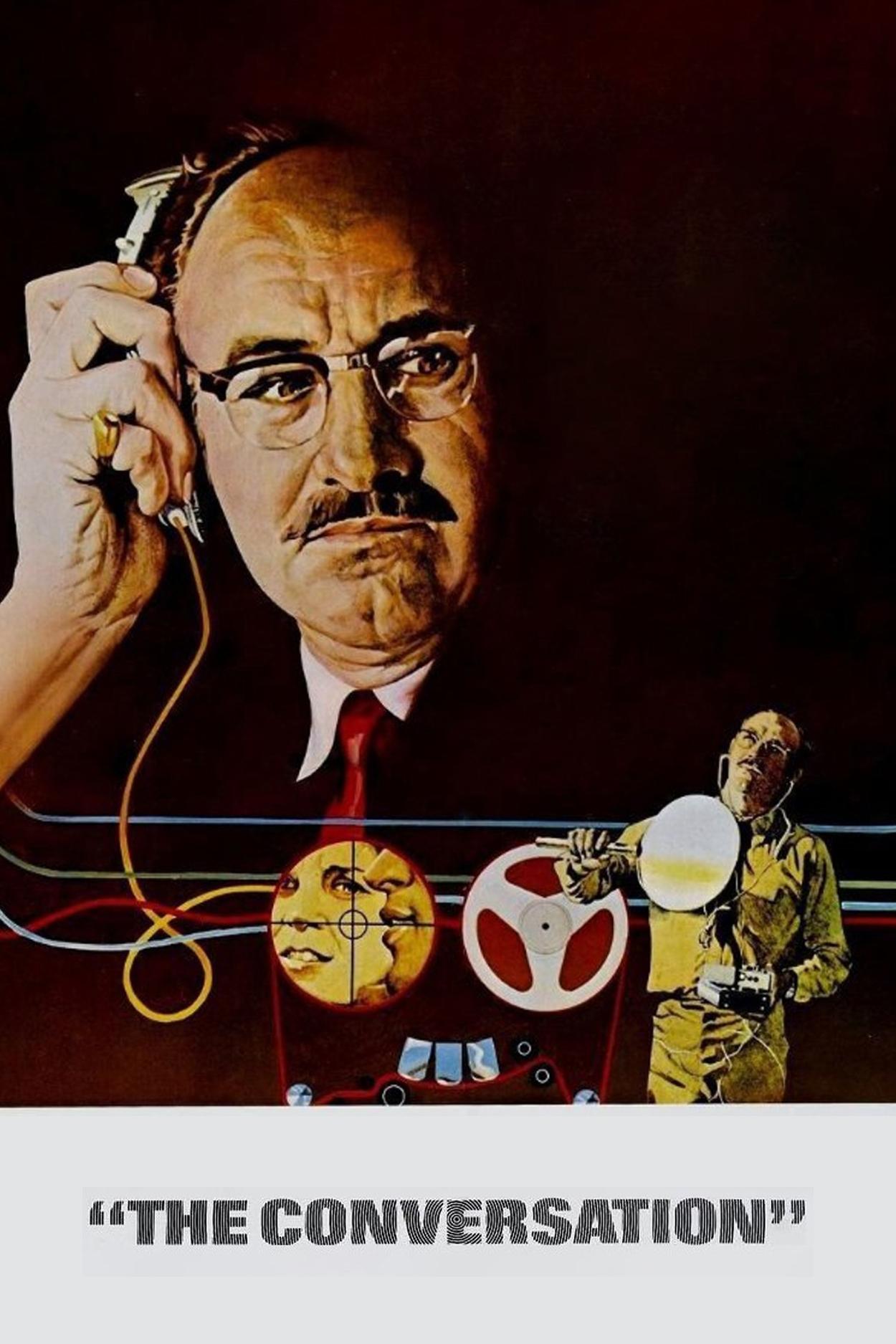 The Directors Company
The Directors CompanyGene Hackman plays a surveillance expert whose routine wiretap job exposes him to a potential crime that he cannot verify. The story follows his painstaking work with tape recorders and amplifiers and shows how small sound distortions can lead to large conclusions. Francis Ford Coppola builds the plot around audio clues and the ethics of eavesdropping.
The film uses long takes, ambient city noise, and repeating lines of dialogue to question whether information can be trusted. Its depiction of private security work and trade craft tools mirrors real world practices of the time, which makes the listening and re listening process feel uncomfortably plausible.
‘The Parallax View’ (1974)
 Paramount Pictures
Paramount PicturesWarren Beatty plays a reporter who investigates a secretive corporation that recruits potential assassins. The story sends him through fake job screens, identity shifts, and staged events that erase paper trails. It shows how recruitment pipelines can be hidden inside normal employment processes.
The movie’s infamous montage is designed to condition the viewer just as it conditions the candidate. Shooting locations in offices, airports, and civic buildings reinforce the idea that public spaces can hide covert programs. The ending underlines how official narratives can be manufactured and sealed.
‘Three Days of the Condor’ (1975)
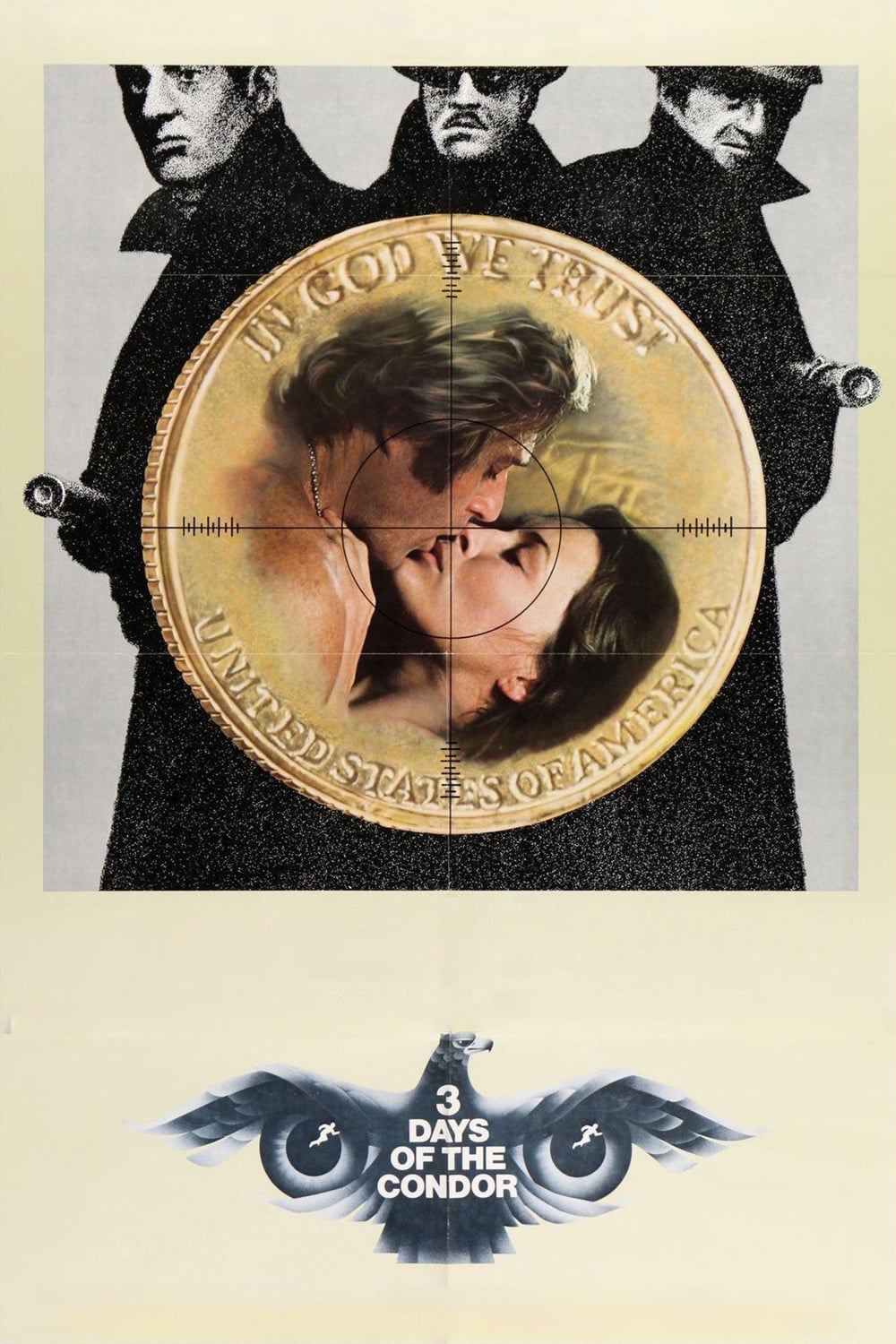 The De Laurentiis Company
The De Laurentiis CompanyRobert Redford’s analyst reads books for a small CIA office and stumbles onto a rogue plan after his team is eliminated. The plot tracks tradecraft like brush passes, burner phones, and quick identity checks. It sets much of the action in apartments and storefronts to show how urban life can conceal surveillance.
The film focuses on data pipelines and how open source material can reveal hidden strategies. Close calls in crowded streets and brief dialogue about internal audits give the chase a procedural feel. It suggests that the biggest threats may come from inside the system.
‘Blow Out’ (1981)
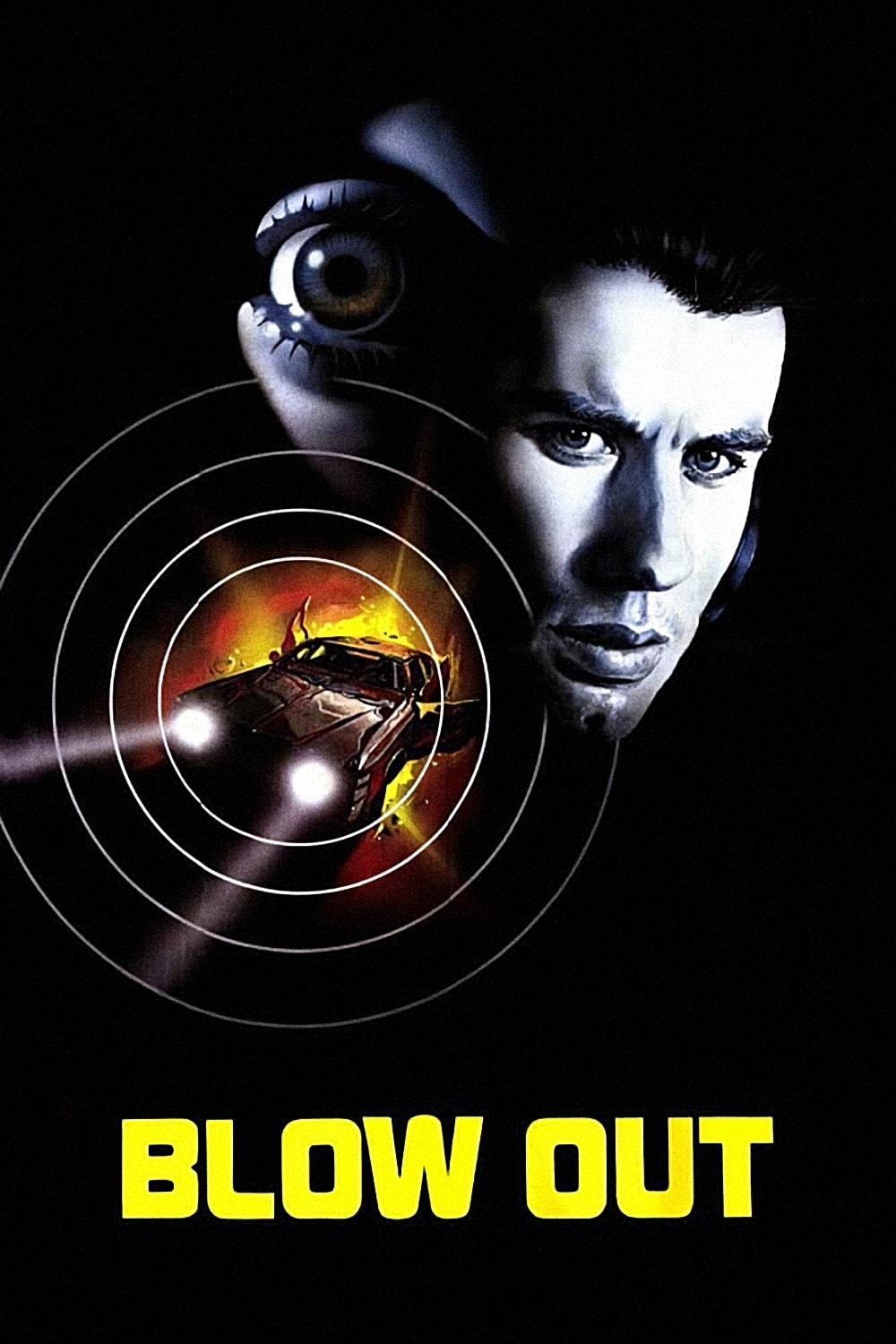 Cinema 77
Cinema 77John Travolta plays a movie sound technician who records a car accident and believes he has captured evidence of a political hit. The story centers on the reconstruction of a single event using headphones, mixers, and a synchronized slideshow of still frames. It turns post production gear into investigative tools.
The film shows how analog technology can both reveal and distort truth. Microphone placement, wind noise, and tape hiss become plot variables that must be filtered and aligned. The investigation depends on patient re recording and manual syncing, which heightens the anxiety of missing a crucial detail.
‘Invasion of the Body Snatchers’ (1978)
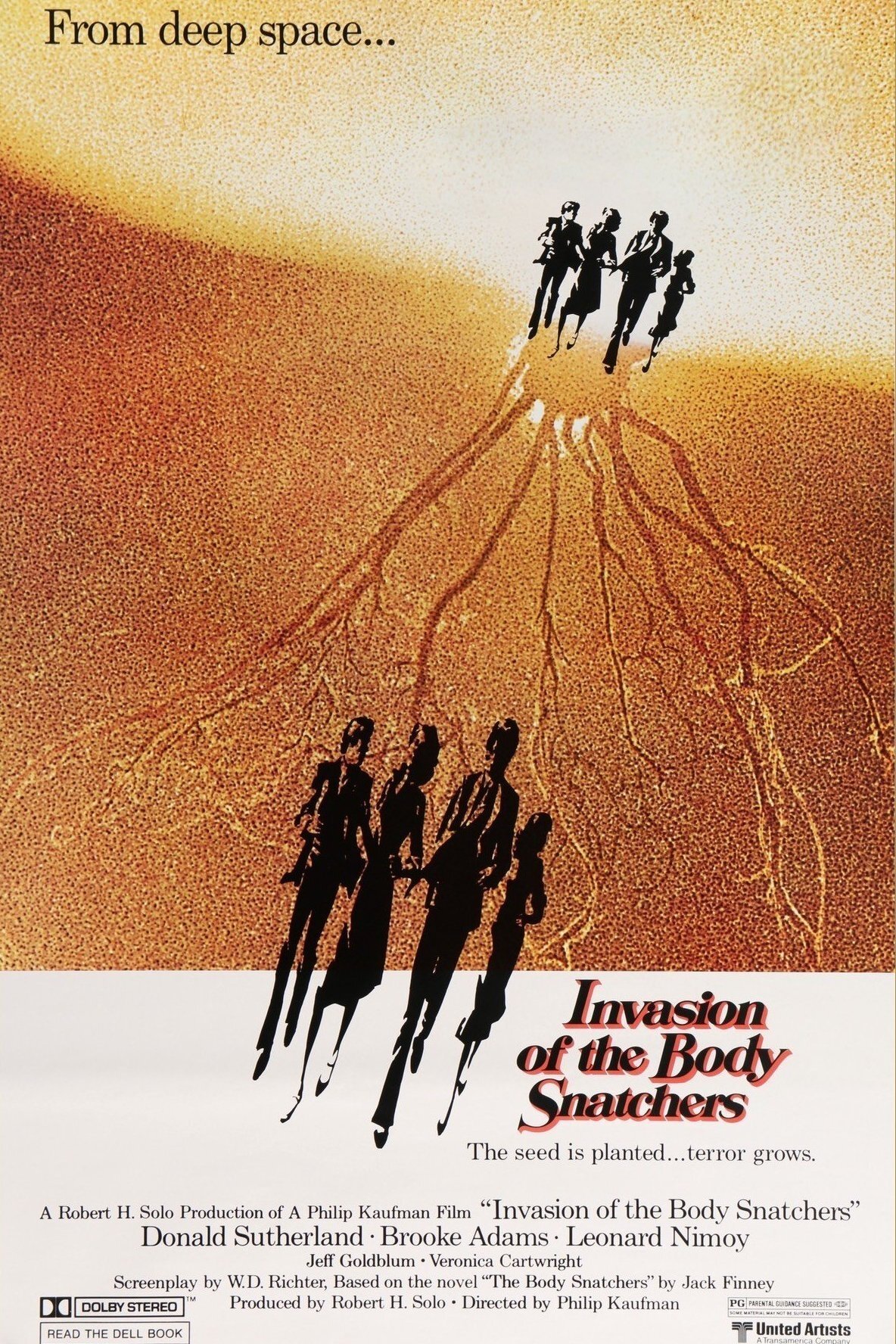 United Artists
United ArtistsSan Francisco residents notice subtle changes in friends and colleagues as plant like pods replicate human bodies. The movie tracks how sleep, routine, and social niceties can be exploited by an infiltrating force. It uses familiar workspaces and apartment buildings to show how quickly a community can be replaced.
Sound design emphasizes hushed conversations and distant sirens, while camera angles linger on blank expressions and group movements. The story explores the risk of speaking out when conformity spreads, and it uses practical effects to make the transformation process feel tactile and immediate.
‘Rosemary’s Baby’ (1968)
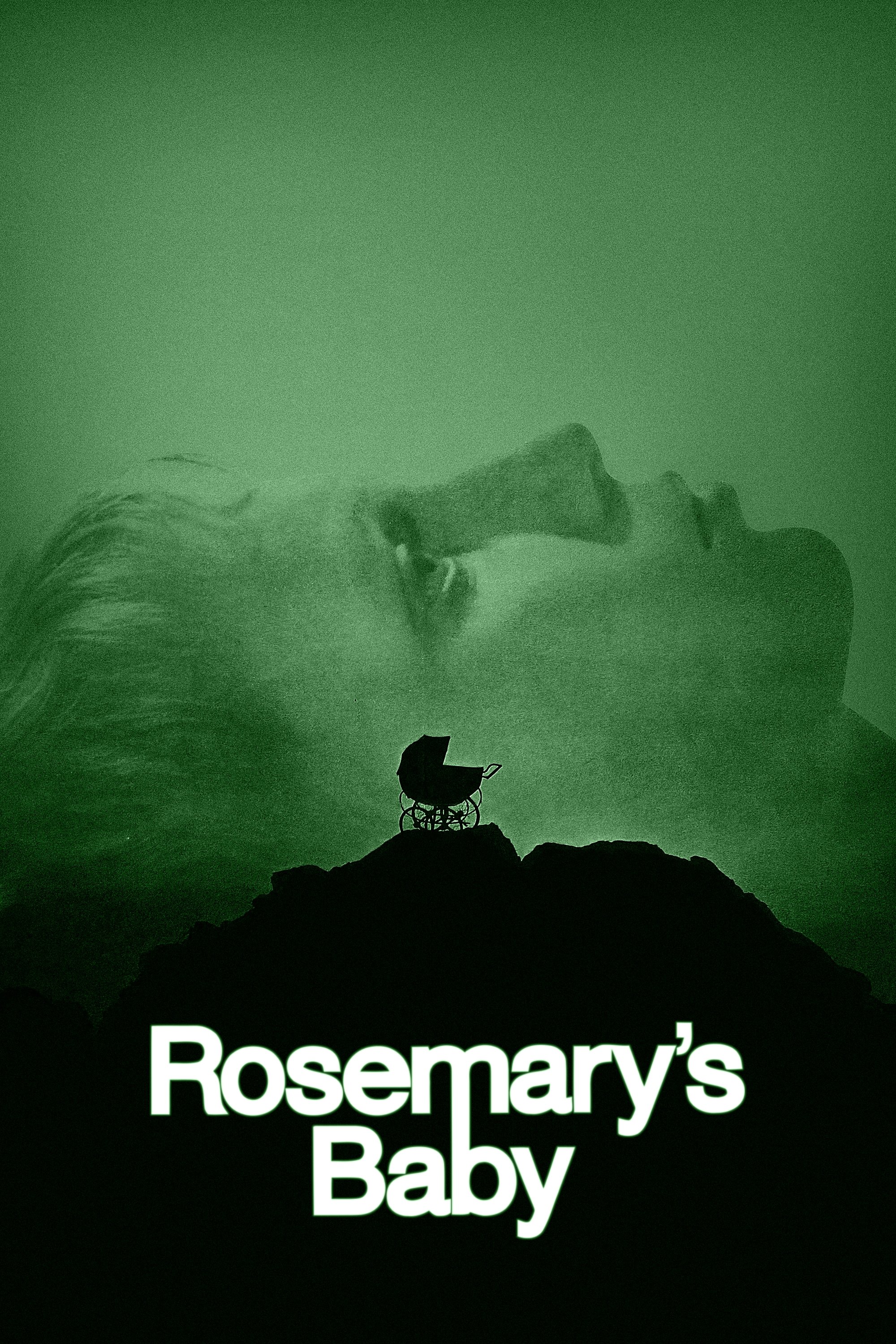 William Castle Productions
William Castle ProductionsA young couple moves into a storied New York building and becomes close with their overly attentive neighbors. The plot documents medical appointments, herbal remedies, and social visits that slowly limit the protagonist’s autonomy. It grounds the fear in domestic routines and trust in caregivers.
The film uses apartment layouts, thin walls, and shared hallways to emphasize proximity and intrusion. Its script records small agreements that accumulate into control, while the camera lingers on doors, keys, and locked cabinets. The result maps how manipulation can grow through ordinary kindness.
‘The Wicker Man’ (1973)
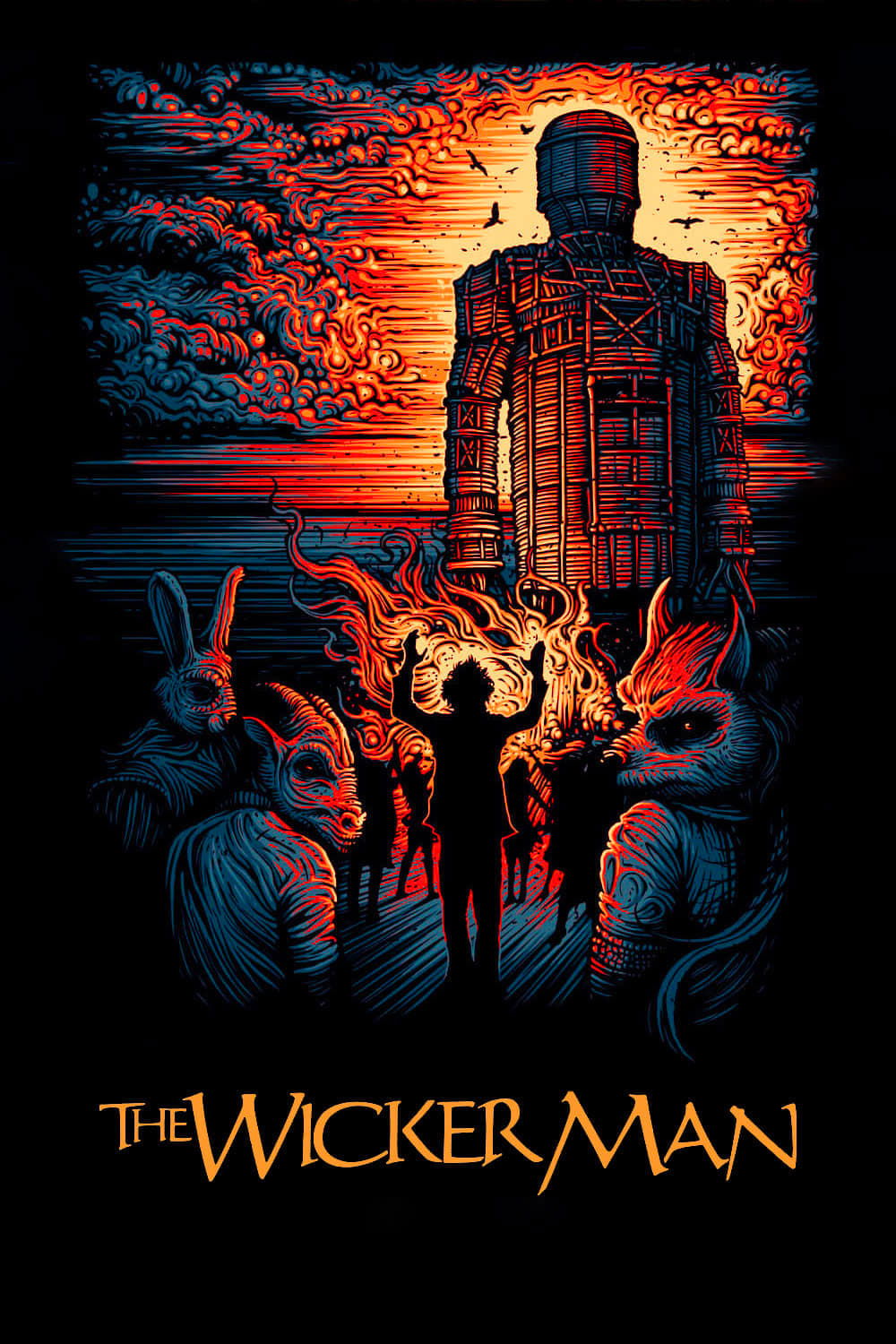 British Lion Films
British Lion FilmsA police sergeant travels to a remote island to look for a missing child and encounters a community with unfamiliar rituals. The narrative follows proper procedure through interviews, school visits, and church records, and shows how documentation can be hidden in plain sight.
Location shooting in coastal villages and fields supports the feeling of isolation. The film catalogs songs, festivals, and rules that the investigator must decode, and it makes the clash between official duty and local custom feel like a trap that tightens with every polite conversation.
‘The Game’ (1997)
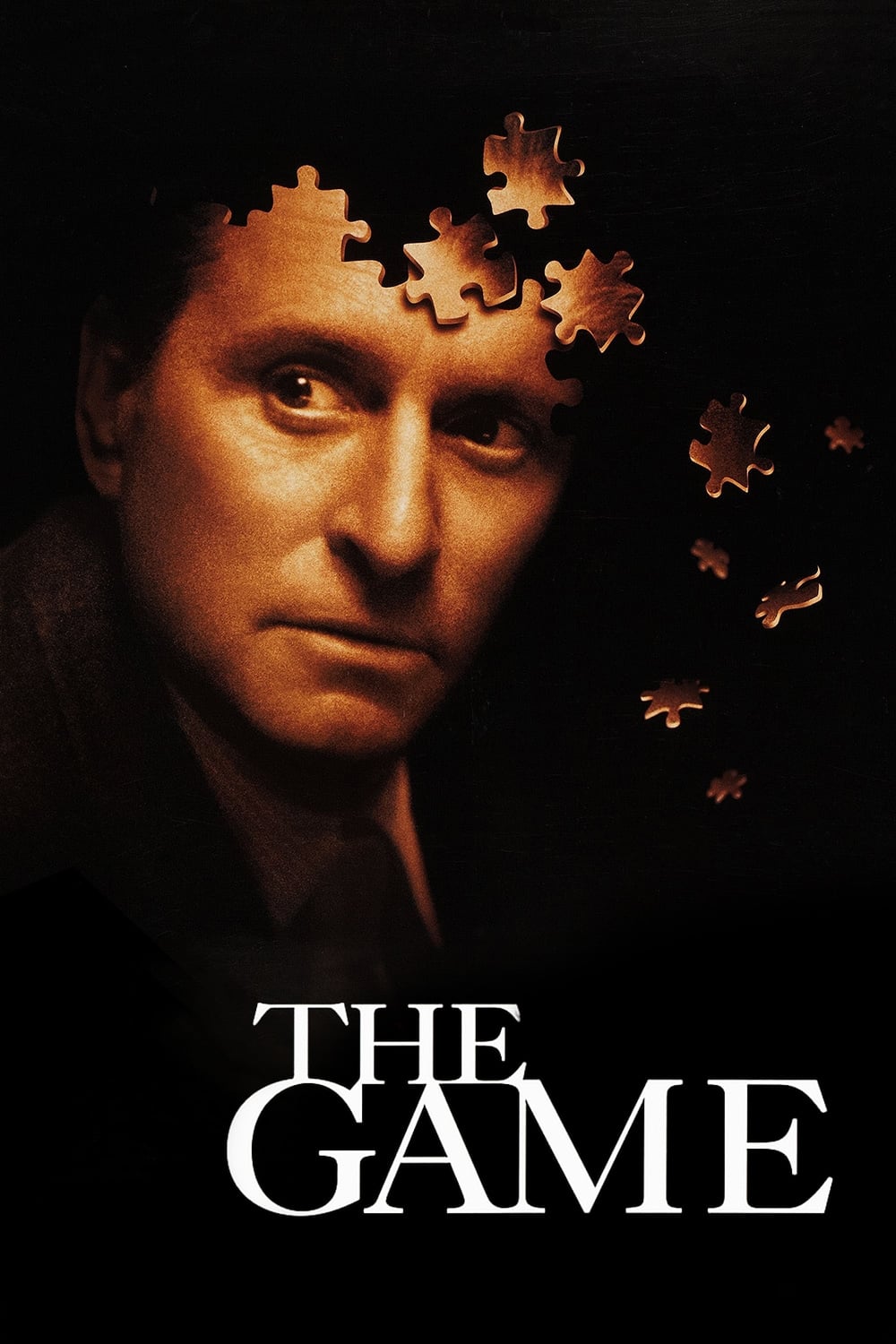 PolyGram Filmed Entertainment
PolyGram Filmed EntertainmentA wealthy banker receives a mysterious gift from a company that designs immersive experiences. Background checks, staged encounters, and precision timing fold his daily life into a live action maze. The plot charts vendor invoices, credit reports, and access logs that keep the experience running.
Production design turns offices, hotel rooms, and back alleys into linked sets with controlled outcomes. The movie tracks how customer data can be used to tailor events, and it shows the logistics needed to blur entertainment and reality. The paperwork behind each twist makes the setup feel possible.
‘Enemy of the State’ (1998)
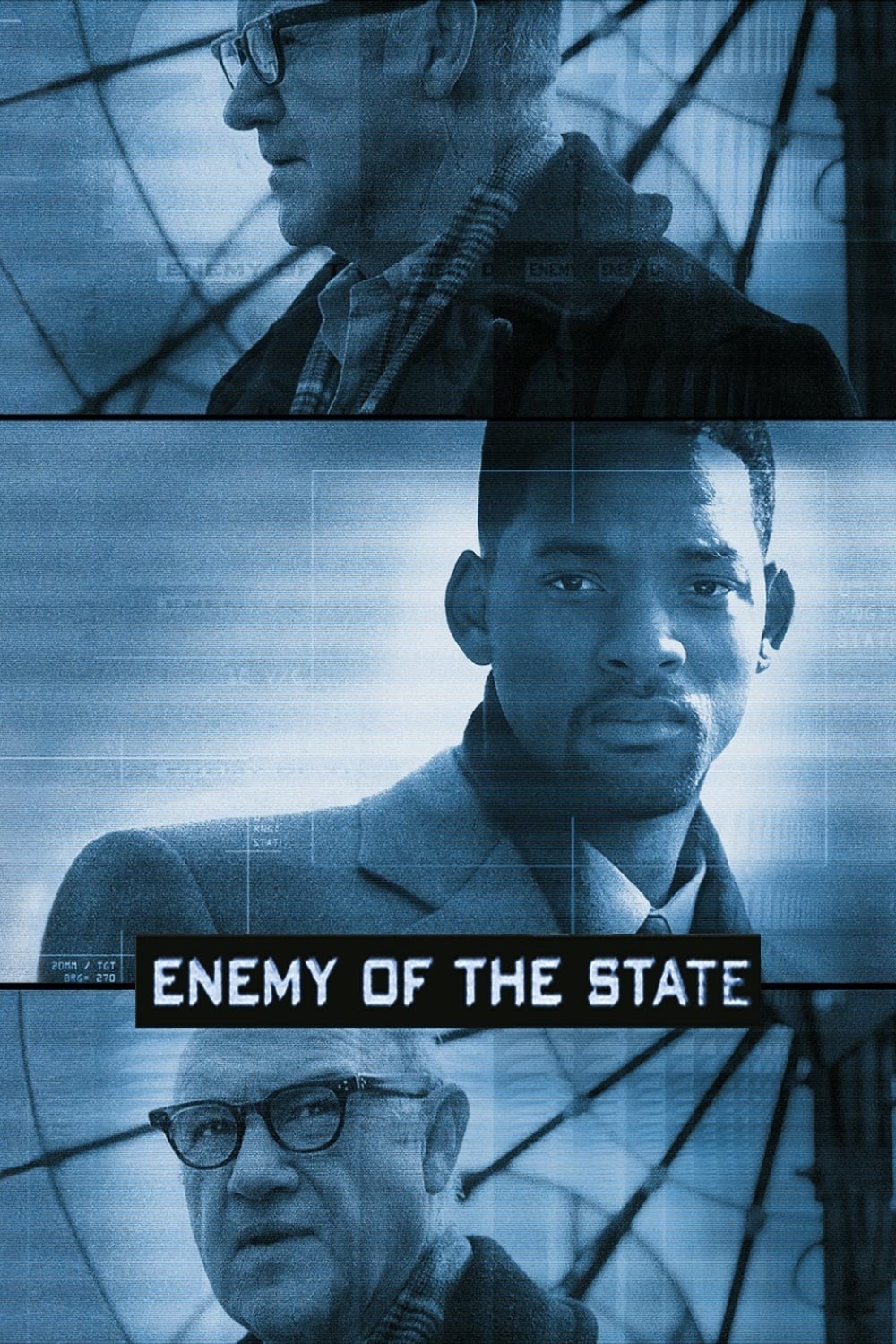 Touchstone Pictures
Touchstone PicturesA labor lawyer becomes a target after he unknowingly receives a video tied to a political killing. The story details satellite tracking, cell triangulation, and automatic number plate recognition, along with counter moves that disrupt those systems. It features teams that swap clothes and identities in retail stores to break surveillance chains.
The film’s chase scenes highlight how location data can be linked across devices and vendors. It explains how signal jammers, dead drops, and urban cover can delay pursuit. The result is a city wide tour of the tools used to find and follow a person in real time.
‘The Truman Show’ (1998)
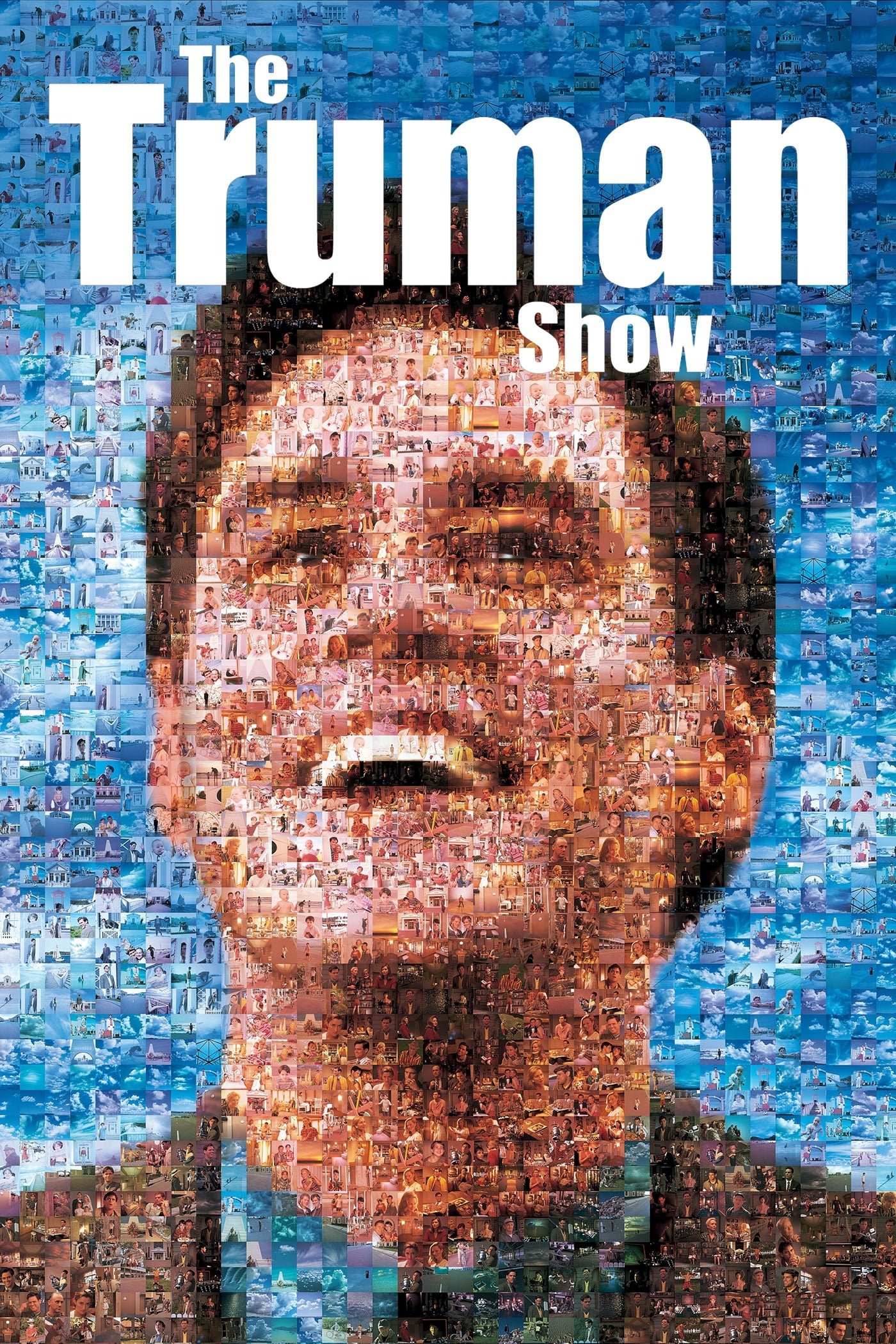 Paramount Pictures
Paramount PicturesA man’s entire life is broadcast without his knowledge, with producers directing weather, traffic, and social interactions. The plot shows how set design manages sightlines and how cast members read instructions through tiny earpieces. It turns routine commutes and neighborly chats into scripted events.
The film breaks down product placement, sponsorship obligations, and camera placements in common objects. It illustrates how an organization can coordinate hundreds of background performers and still make the world feel spontaneous. Control rooms and cue sheets give the deception a practical backbone.
‘Memento’ (2000)
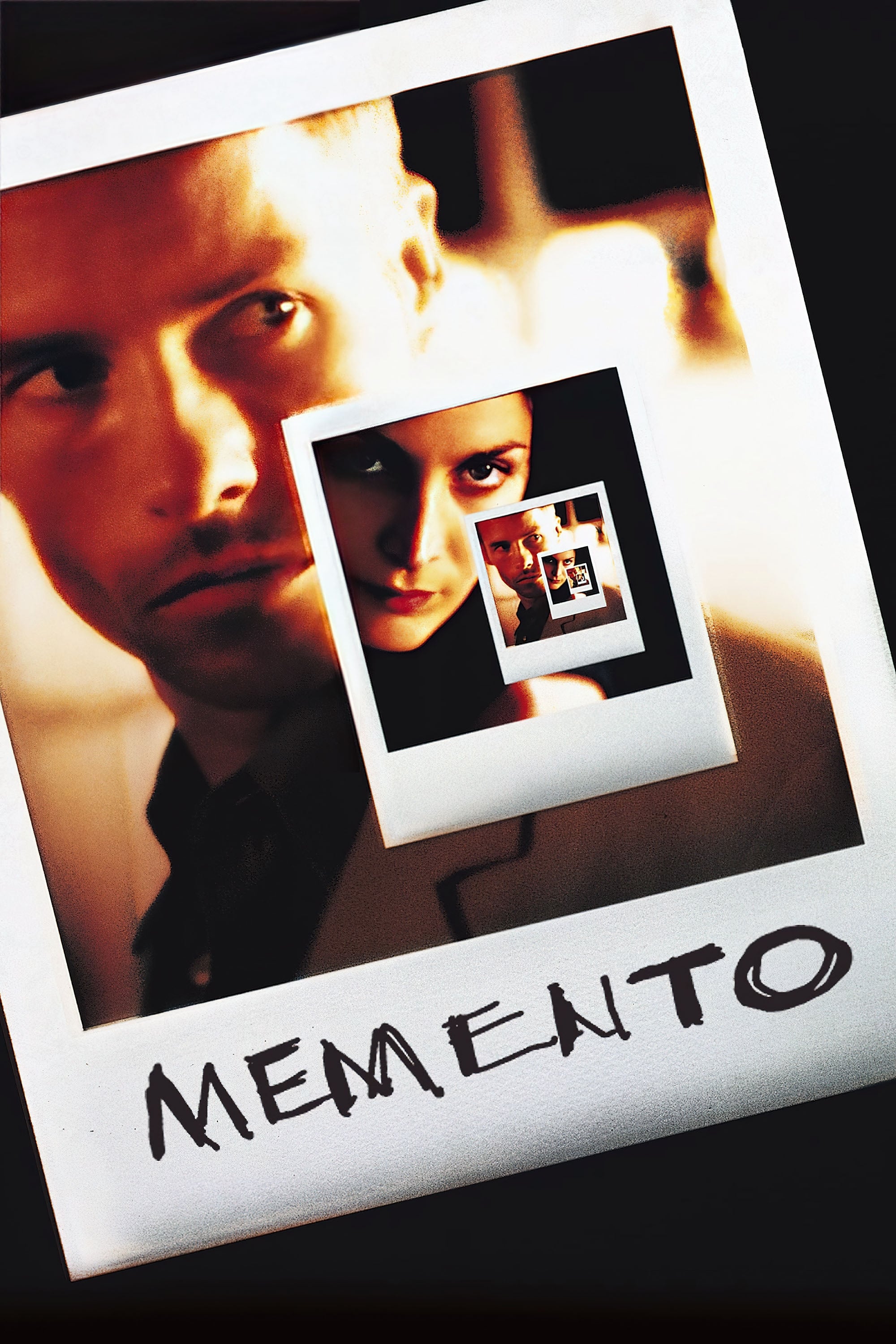 Newmarket Films
Newmarket FilmsA man with short term memory loss hunts his wife’s killer using handwritten notes and tattoos as a personal database. The story structure moves in reverse order to mirror his condition, which forces each scene to reestablish trust in the information at hand. Polaroid photos serve as portable metadata that he uses to manage contacts.
The film carefully outlines record keeping without digital tools and shows how a system can be gamed by others. It tracks how names, car plates, and motel rooms can be reorganized to create a convincing false narrative. The method becomes vulnerable as soon as any single entry is wrong.
‘Minority Report’ (2002)
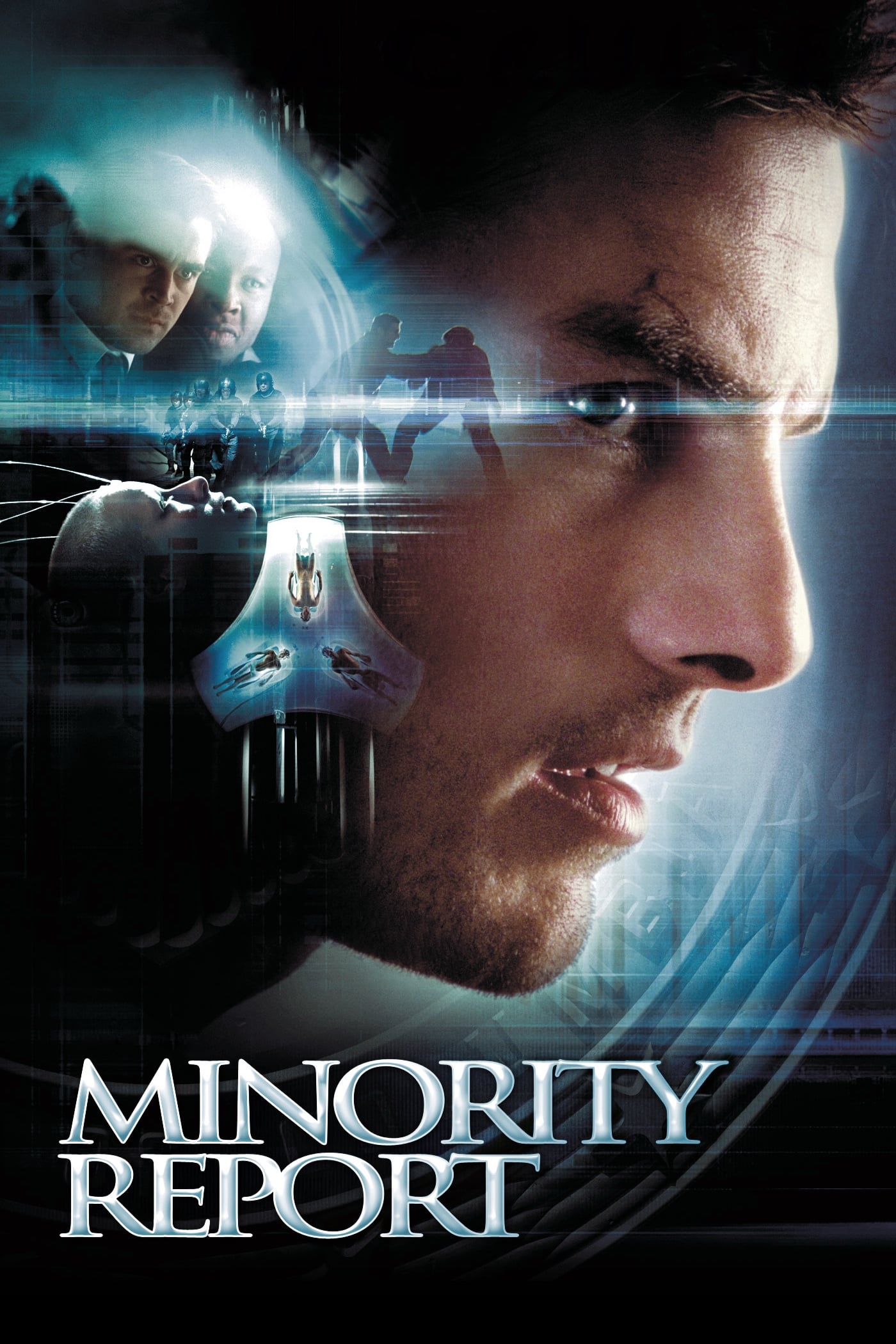 20th Century Fox
20th Century FoxA special police unit arrests offenders before crimes occur through predictions made by precogs. The plot follows the chain of custody for visions, the export of fragments as evidence, and the potential for someone to alter or stage a prediction. Eye scans and targeted ads create a living network that identifies citizens in seconds.
The movie explains how black market eye replacements and offline sanctuaries can defeat biometric gates. It visualizes gesture based analytics that sort through vast video pools, and it shows how a single gap in the data pipeline can change an official outcome.
‘Zodiac’ (2007)
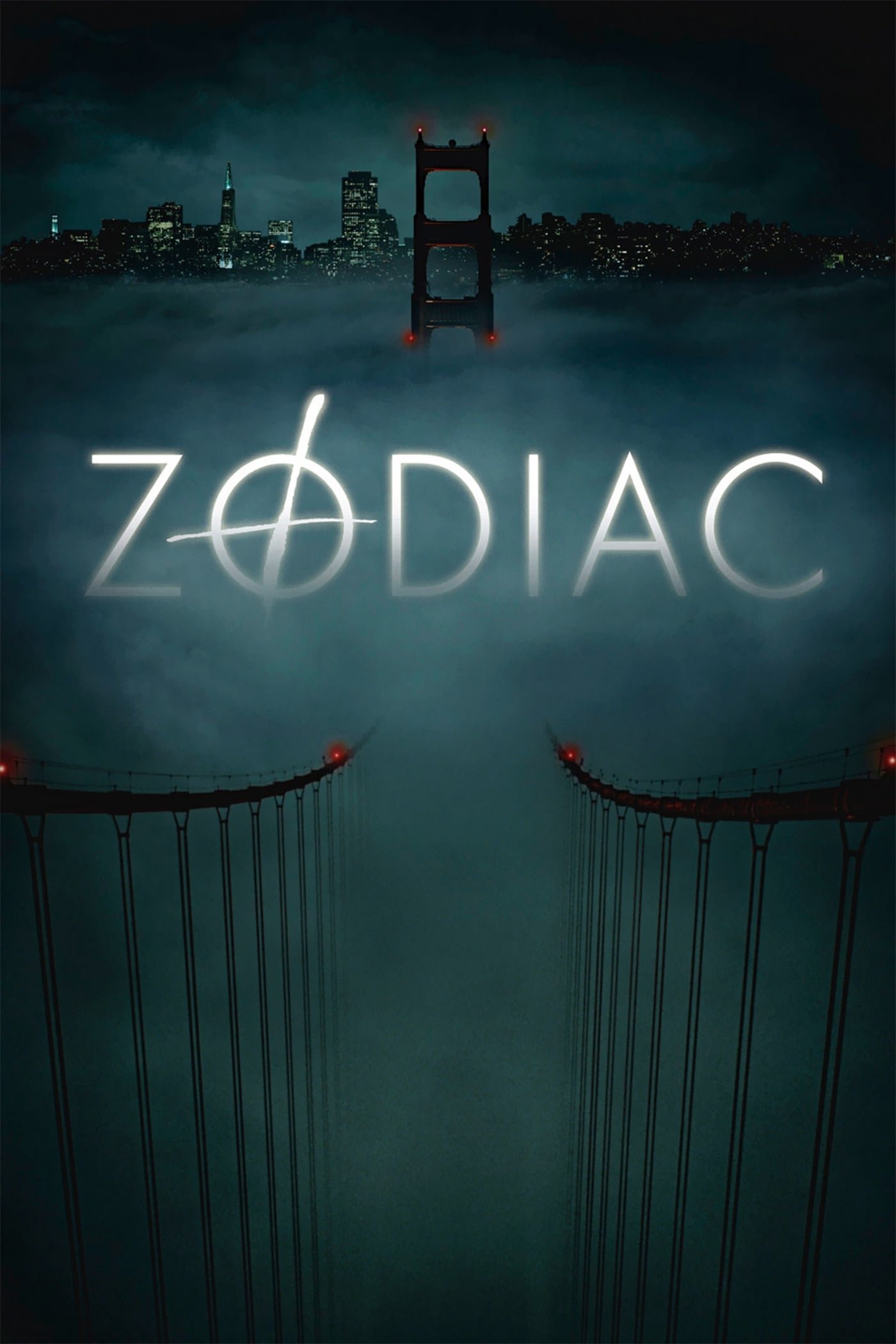 Paramount Pictures
Paramount PicturesInvestigators and journalists chase a serial case over many years of dead ends and near breaks. The film logs interagency cooperation, suspect interviews, and handwriting analysis, while newspapers and TV stations feed tips that must be verified. It shows how a case file can grow until it swallows the people working it.
The story pays attention to shifts in jurisdiction and the reliability of witnesses. It follows the challenges of managing evidence across counties and the strain of keeping personal lives stable while a public threat remains. The accumulation of details builds a steady pressure that rarely lets up.
‘Shutter Island’ (2010)
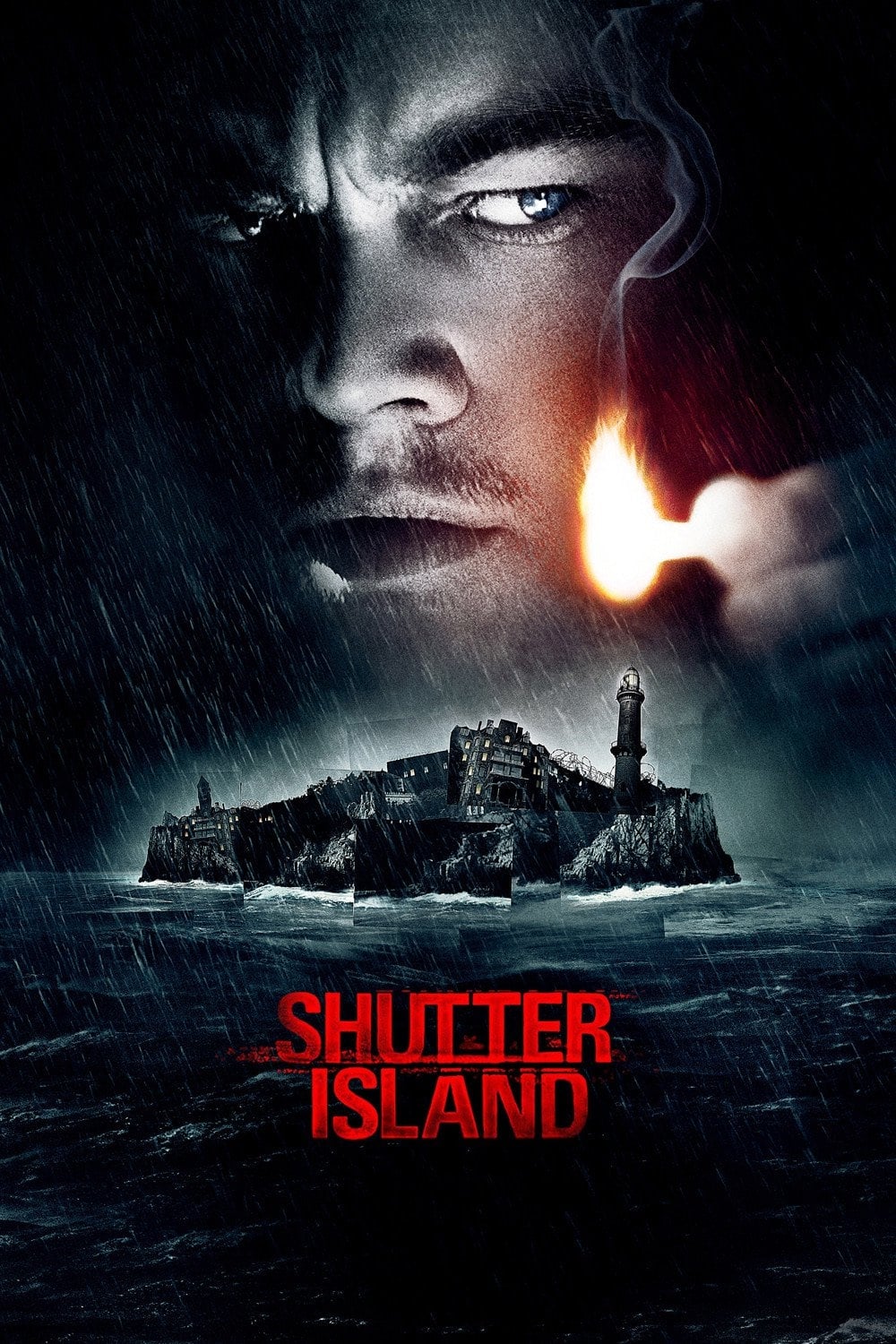 Paramount Pictures
Paramount PicturesTwo federal marshals arrive at a hospital for the criminally insane to locate a missing patient. The investigation examines patient files, staff routines, and restricted wards, and it catalogs the medications and interviews that shape the search. Storm damage and power outages complicate the chain of control.
The film uses confined spaces and institutional rules to focus attention on what is permitted and what is concealed. It raises questions about document authenticity and the influence of treatment plans on memory and perception. Each checkpoint becomes a test of what counts as evidence.
‘Black Swan’ (2010)
 Fox Searchlight Pictures
Fox Searchlight PicturesA ballerina prepares for a dual role that demands opposing qualities, and the pressure fractures her sense of self. The plot tracks rehearsal schedules, coaching notes, and physical tolls that build toward opening night. Mirrors and doubles turn the practice studio into an uncertain place.
The movie documents the inputs that shape a performance, including diet, costume fittings, and notes from the director. It shows how rivalries and expectations can distort feedback loops. The camera stays close to bodies and surfaces so that every reflection feels like a possible intrusion.
‘Take Shelter’ (2011)
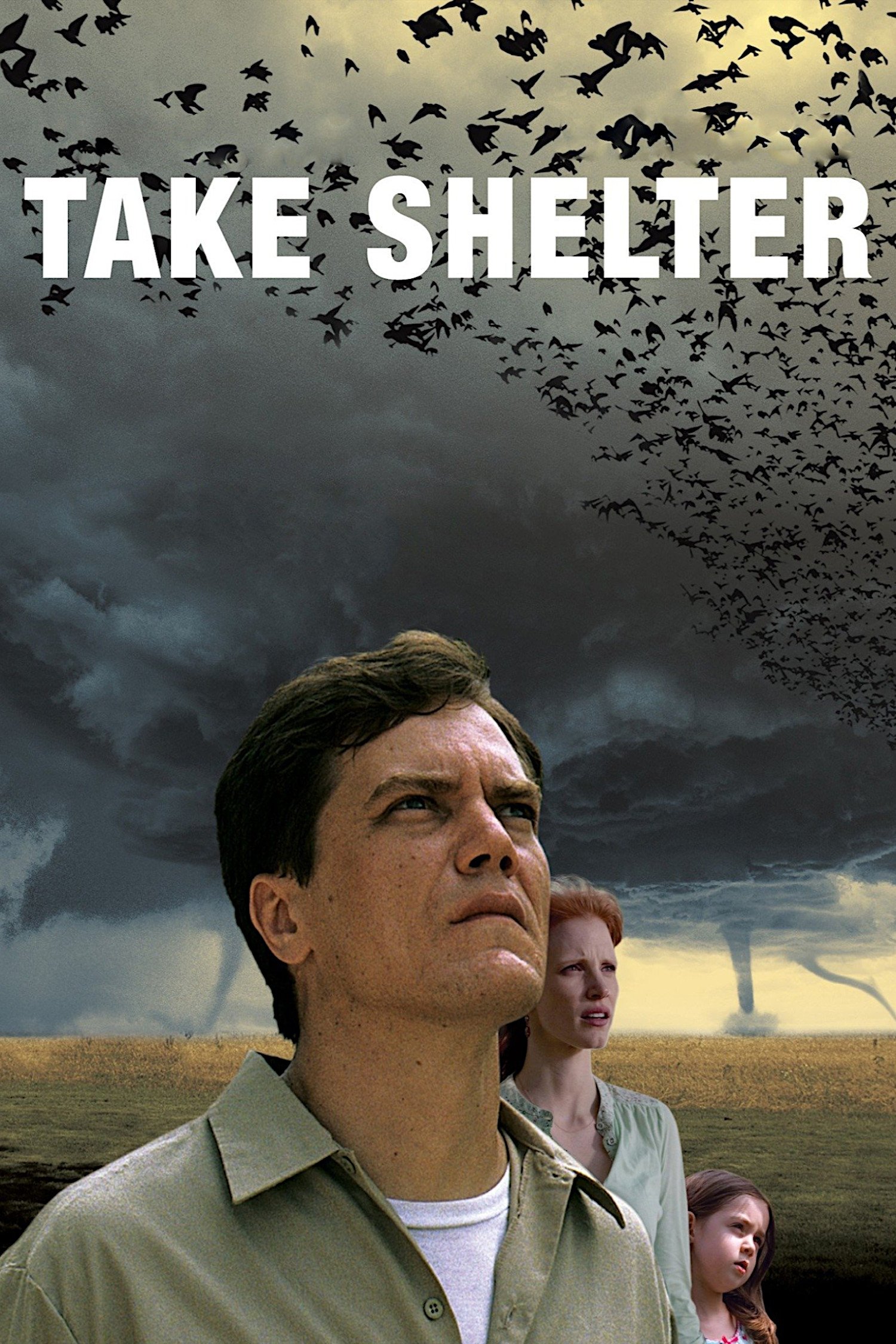 Hydraulx
HydraulxA construction foreman becomes convinced that a catastrophic storm is coming and begins building a shelter. The story follows family finances, workplace obligations, and medical consultations as he weighs treatment against preparation. It shows how a single conviction can redirect every household decision.
Sound and weather effects are tracked like data points that the protagonist logs and interprets. The film examines community response to unusual behavior in a small town and the strain that protective planning places on relationships. The shelter itself becomes both a project plan and a measure of fear.
‘Under the Skin’ (2013)
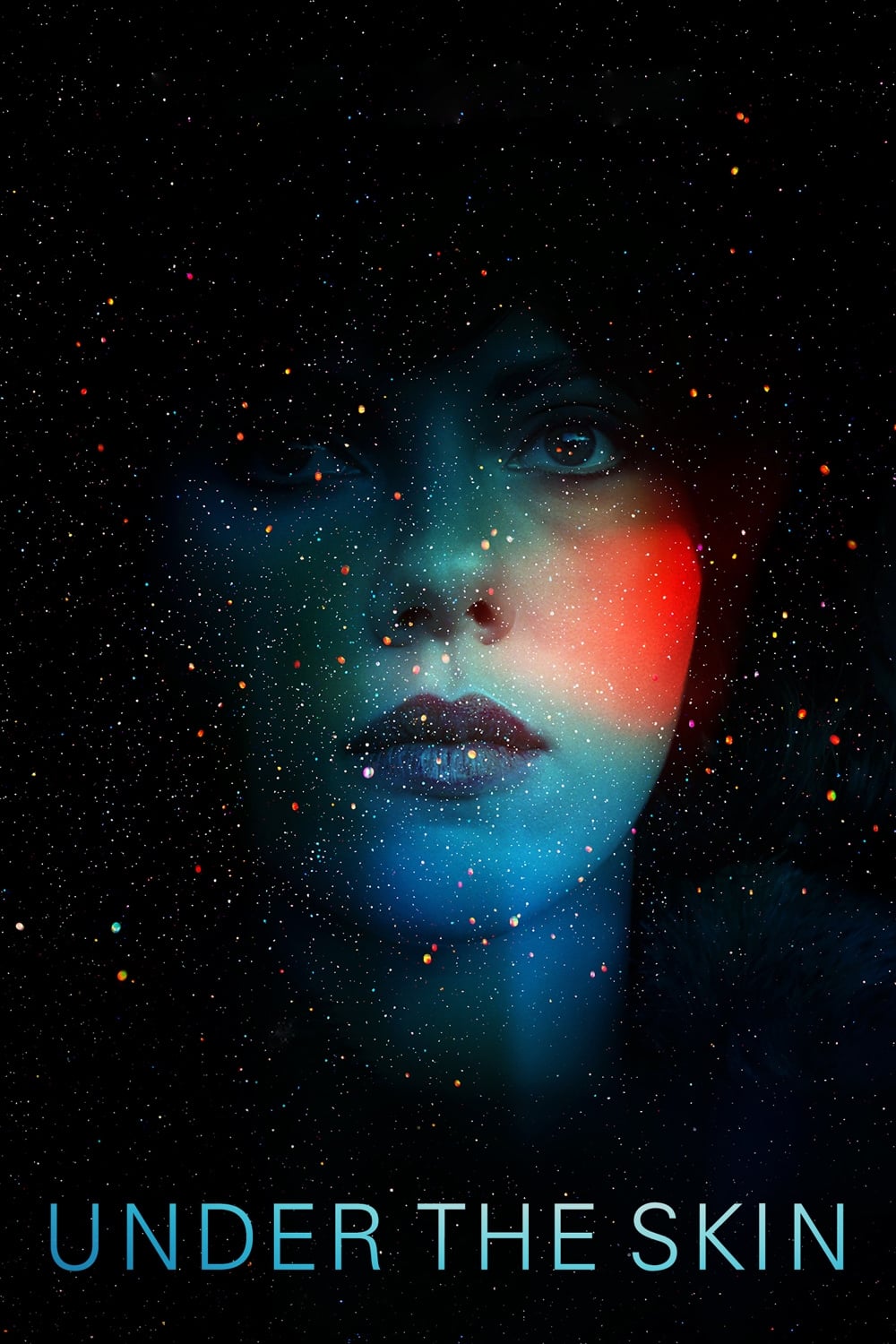 Film4 Productions
Film4 ProductionsA mysterious woman drives through Scottish cities and lures men into a space where their bodies dissolve. The film mixes scripted scenes with footage captured among real pedestrians, which adds documentary texture to the approach. It treats the van as a moving set that gathers targets.
Minimal dialogue and an insistent score direct attention to gaze and movement. The movie catalogs pickup patterns, route choices, and the way isolated industrial spaces can be used as funnels. The result feels like field work carried out with cold precision.
‘Coherence’ (2013)
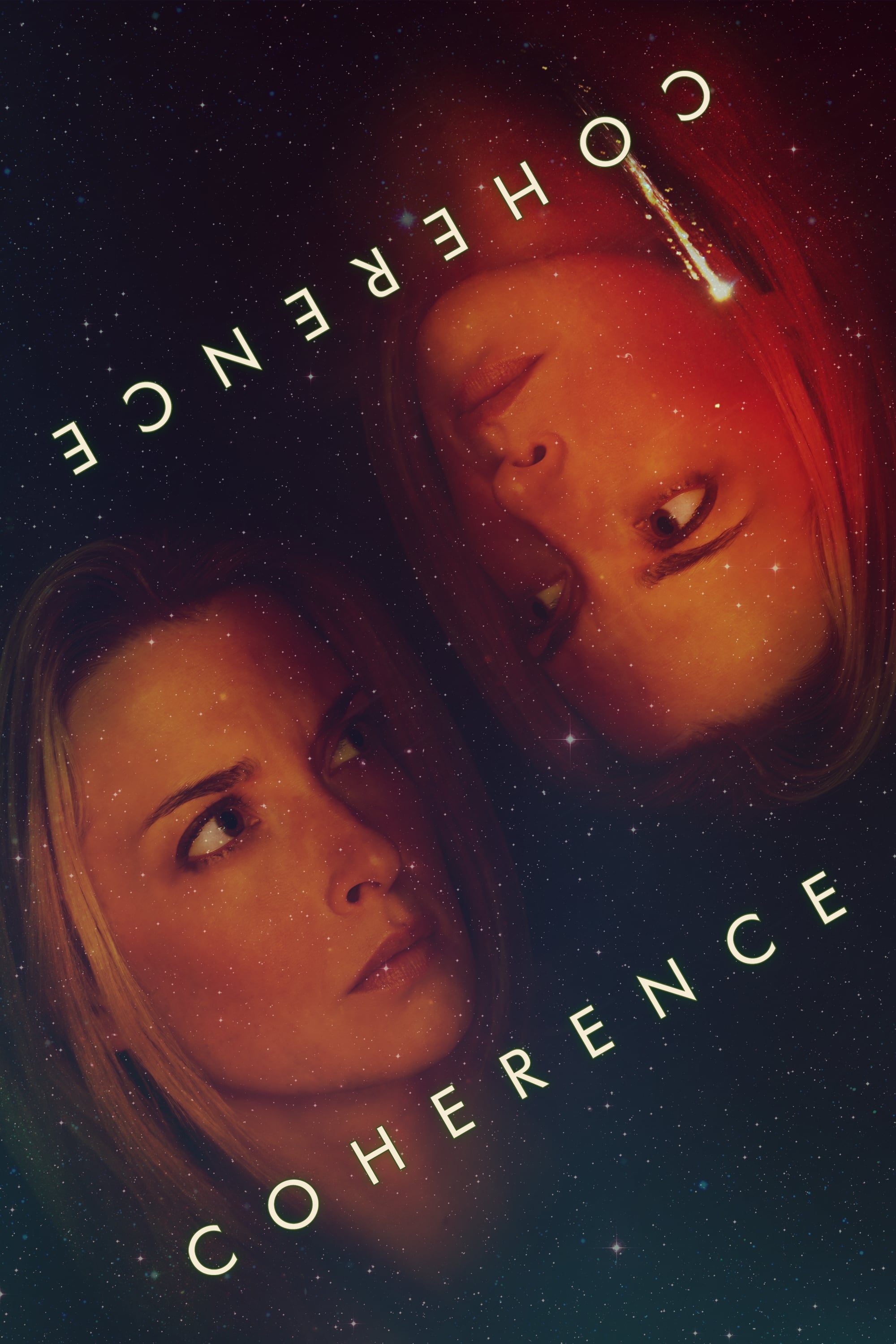 Bellanova Films
Bellanova FilmsFriends gather for dinner as a comet passes overhead and a power fluctuation splits reality into multiple versions. The characters use glow sticks, notes, and box markings to track which house and which group they belong to. The narrative shows how small identifiers can fail when copies exist.
The film uses a single location and improvisational dialogue to map confusion in real time. Rules emerge from observation and trial, such as how to verify identity with shared memories. The tools are simple, which makes each check and cross check feel achievable and fragile.
’10 Cloverfield Lane’ (2016)
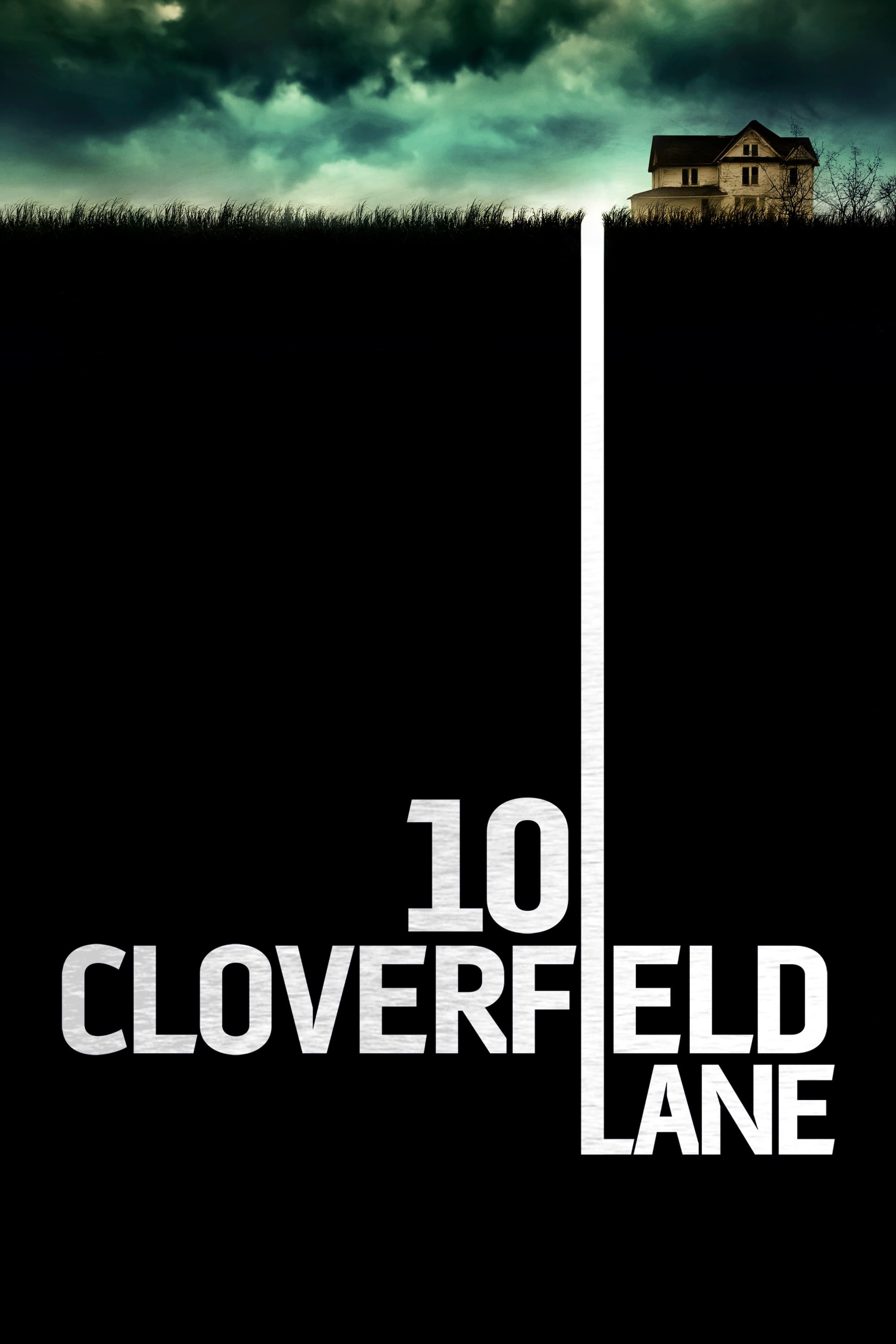 Bad Robot
Bad RobotA woman wakes in an underground bunker with two men who claim that the air outside is contaminated. The story manages inventory lists, air filtration systems, and emergency protocols that establish a credible shelter routine. It uses locks, ventilation shafts, and tools as practical obstacles.
The movie’s tension comes from conflicting accounts and the difficulty of testing them. Radios, board games, and etiquette rules are presented as control mechanisms that maintain order. Escape plans depend on scavenged materials and timing that must be rehearsed and refined.
‘Hereditary’ (2018)
 PalmStar Media
PalmStar MediaA family deals with grief as a set of events draws them into a hidden network with clear rules and symbols. The film shows miniature models, seances, and artifacts that map a design placed around the household. It uses notes, textbooks, and family history to document how the plan functions.
The story places emphasis on inherited patterns and the logistics of ritual. Camera moves study doorframes, attics, and sightlines that link rooms like a blueprint. The result is a detailed account of how influence can be passed along in ways that look like fate.
Share the titles that left you double checking locks and shadows in the comments.

.jpeg)

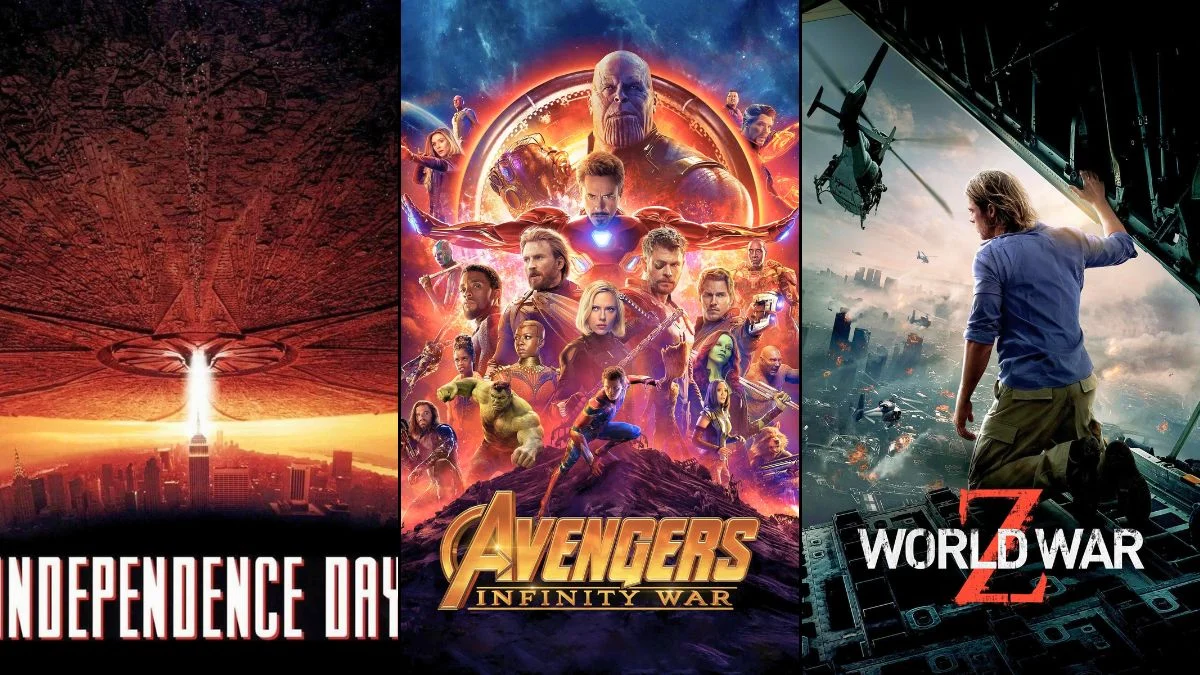



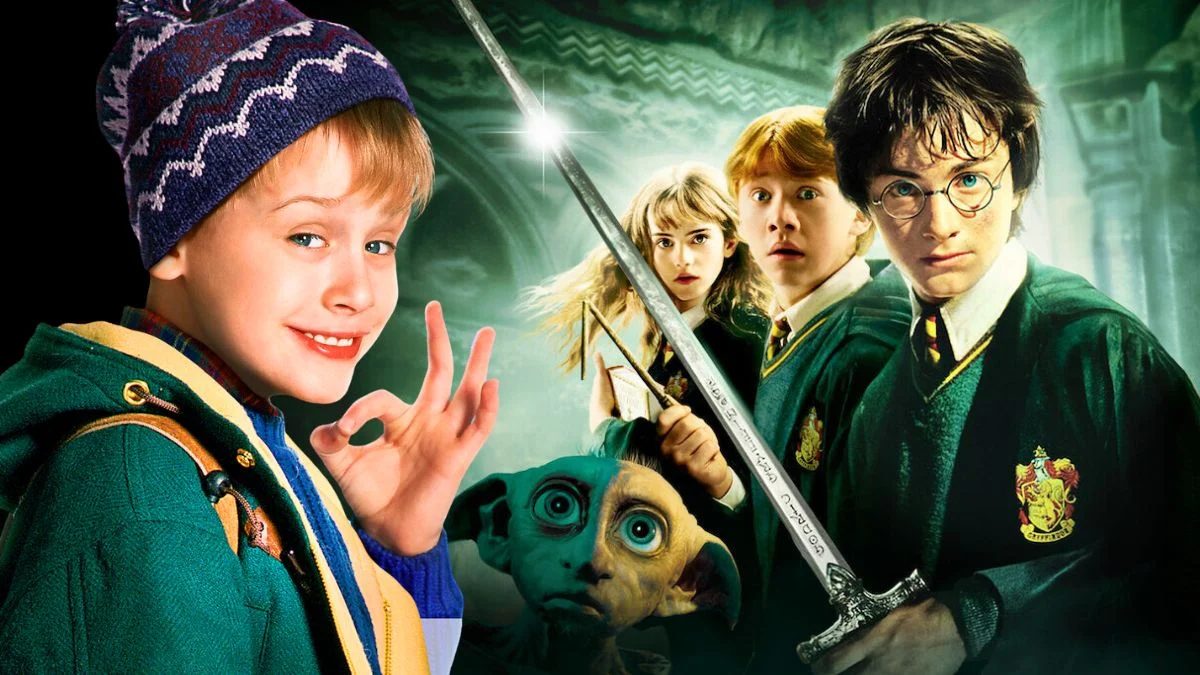
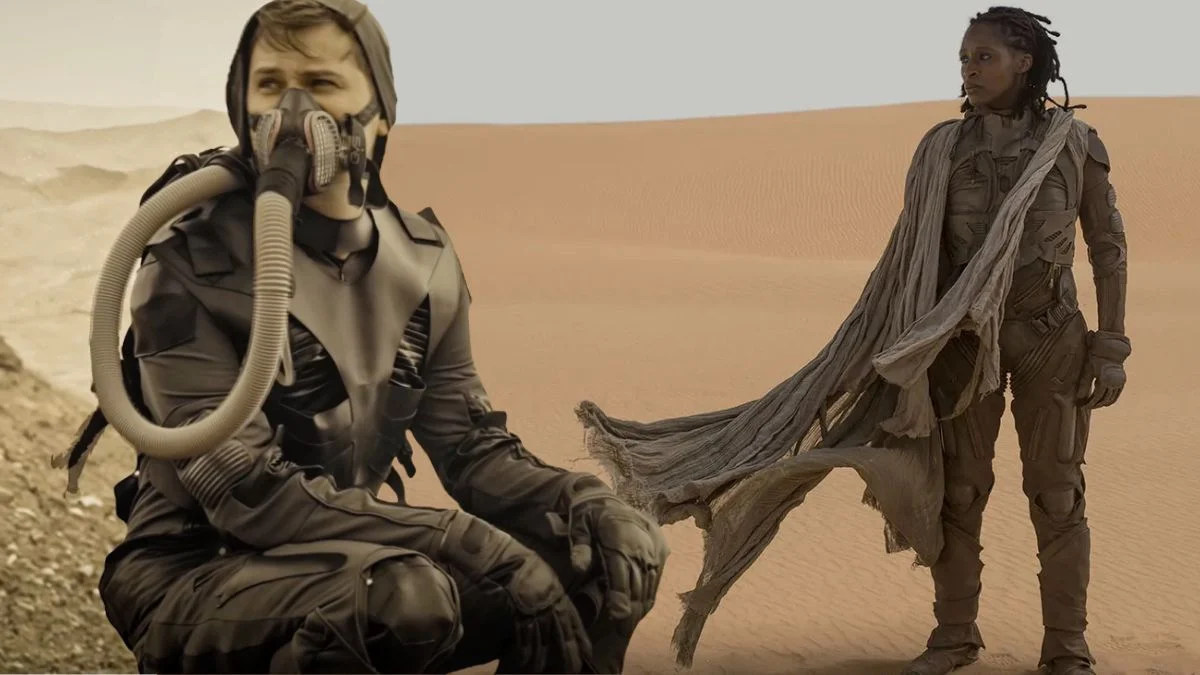

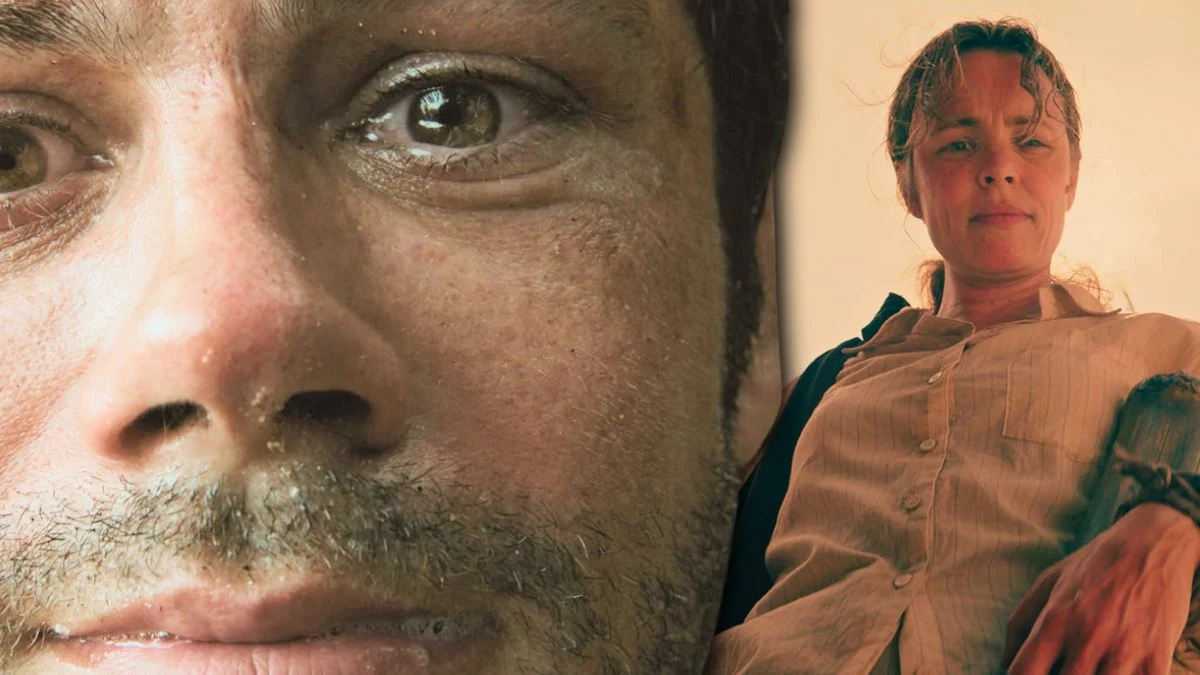

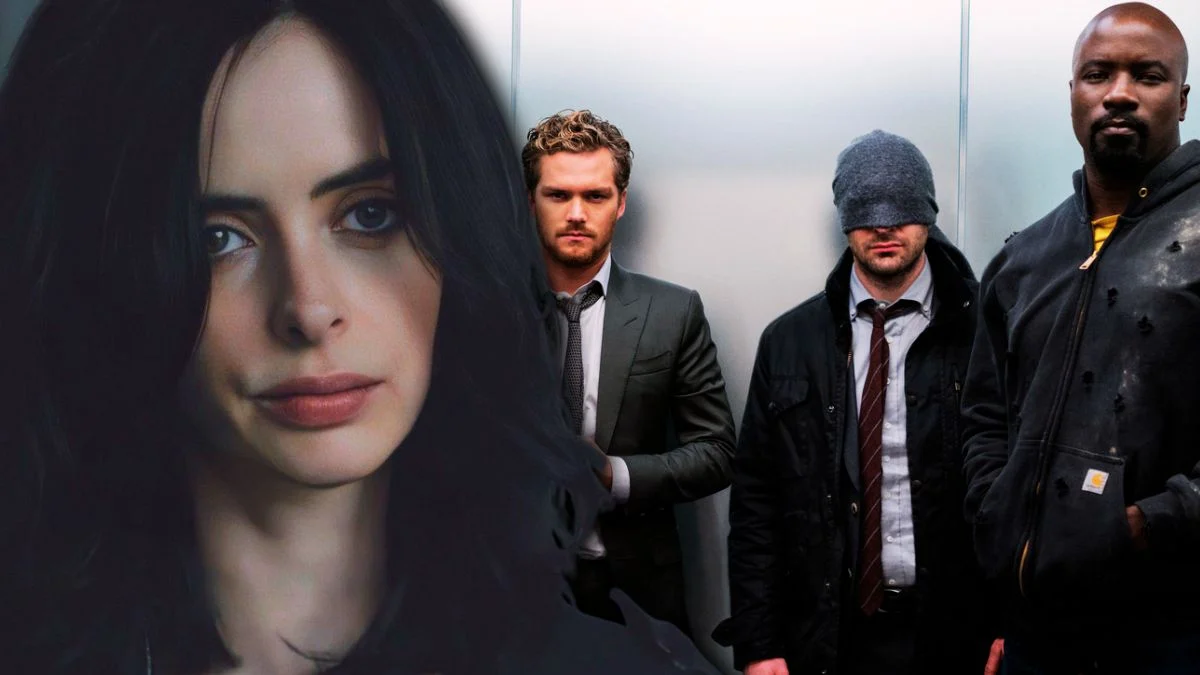

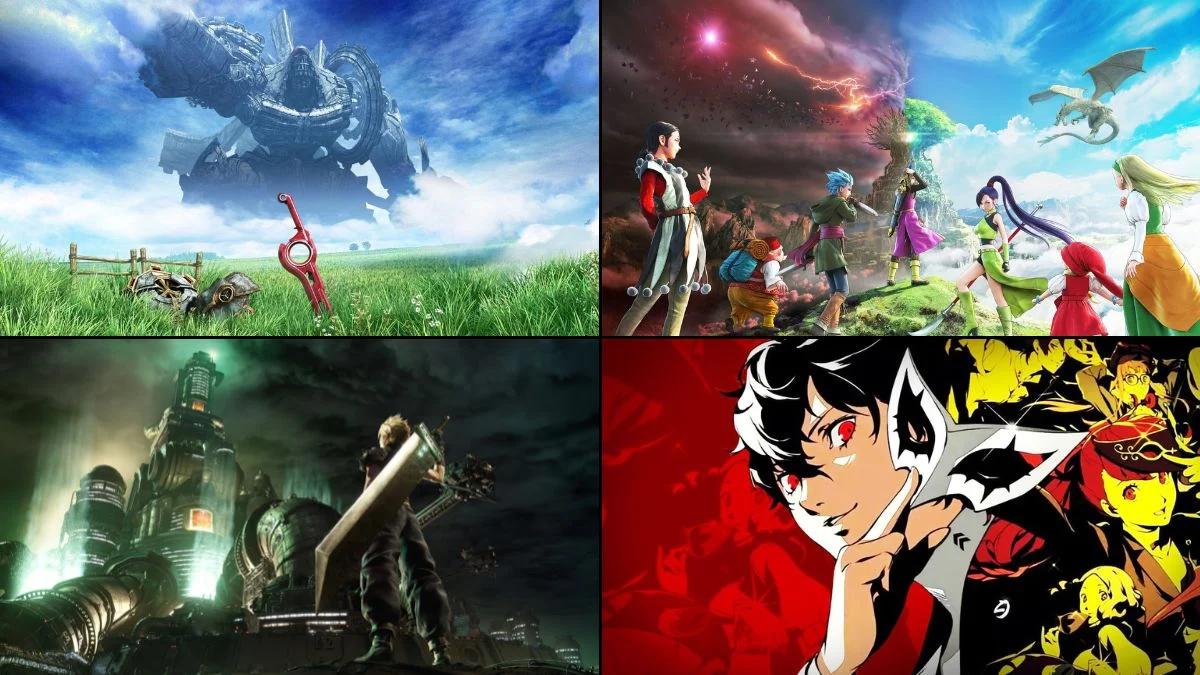



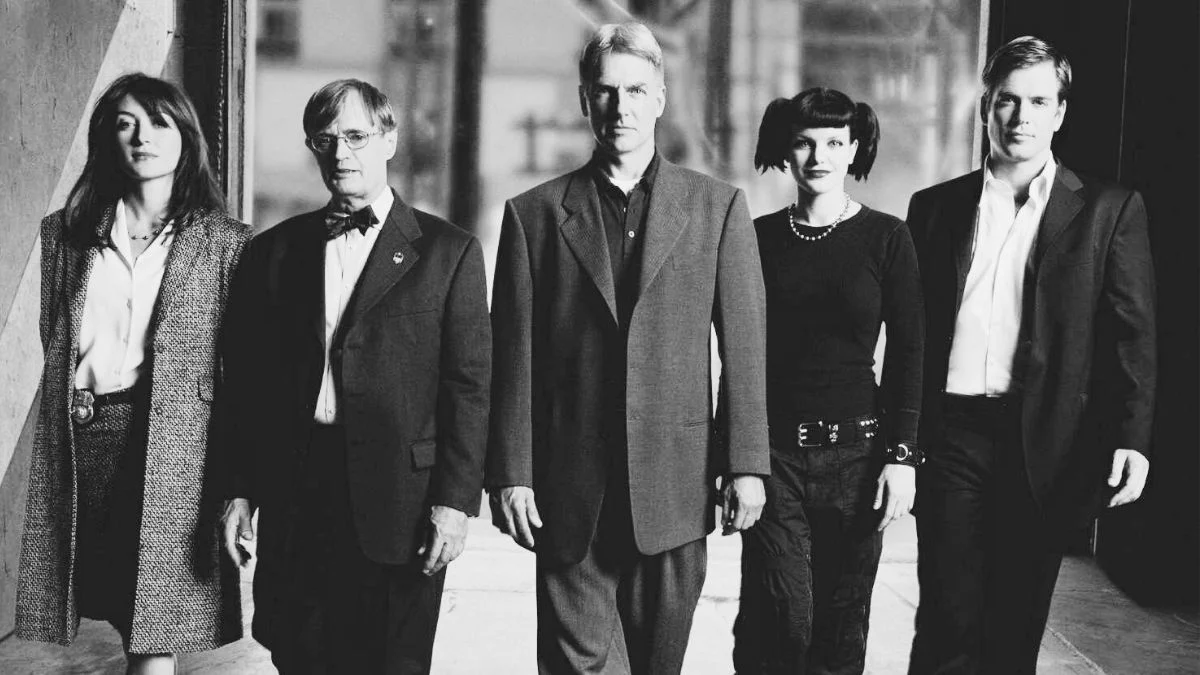
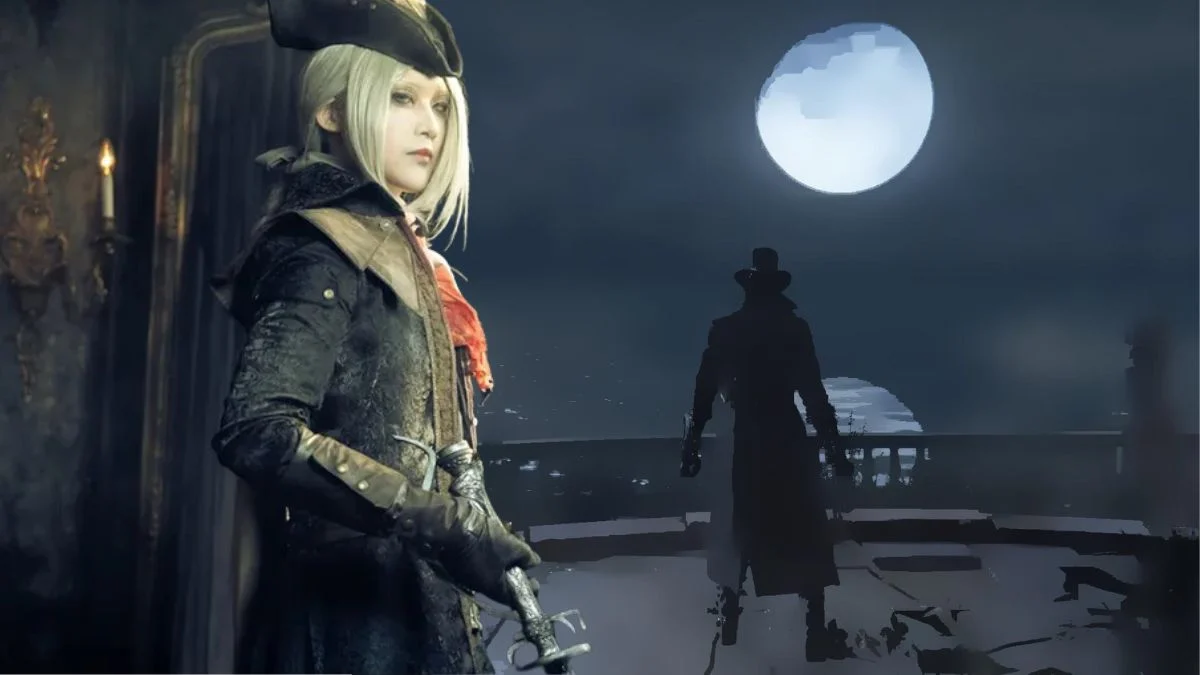




.jpeg)













 English (US) ·
English (US) ·